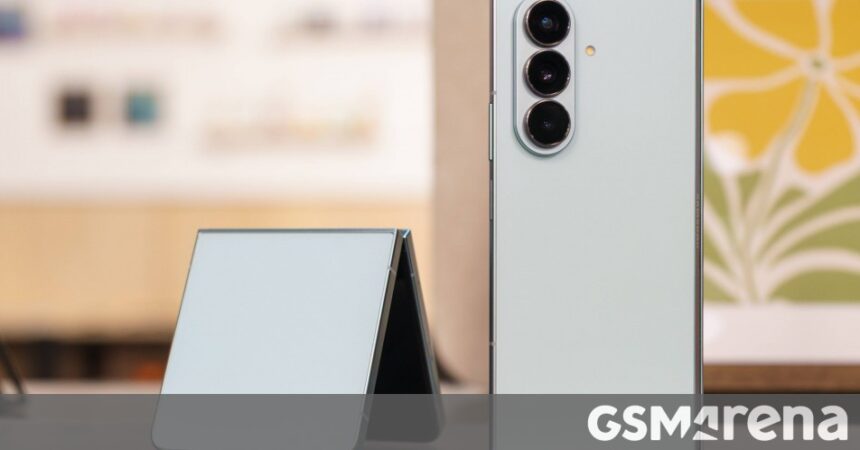Samsung has recently unveiled the Galaxy Z Fold 7 and Galaxy Z Flip 7, which is yet thin and mild foldables in their respective category. Today, the company has shared how it came here and what made it possible.
Samsung Galaxy Z Fold 7
Samsung Galaxy Z Flip 7
The company says it aims to give users big screens and first Galaxy folds in a pocket-friendly device since 2019. The screens have grown up, the phone has been thin and lightweight for years – flip 7 battery is dancer, thus packing 300 mAh even though thin. When closed, the phone itself is 6.5 mm thin and is 13.7 mm thick, and inside is an ultra-high-density circuit board “ensures that there is no futile space internally”.
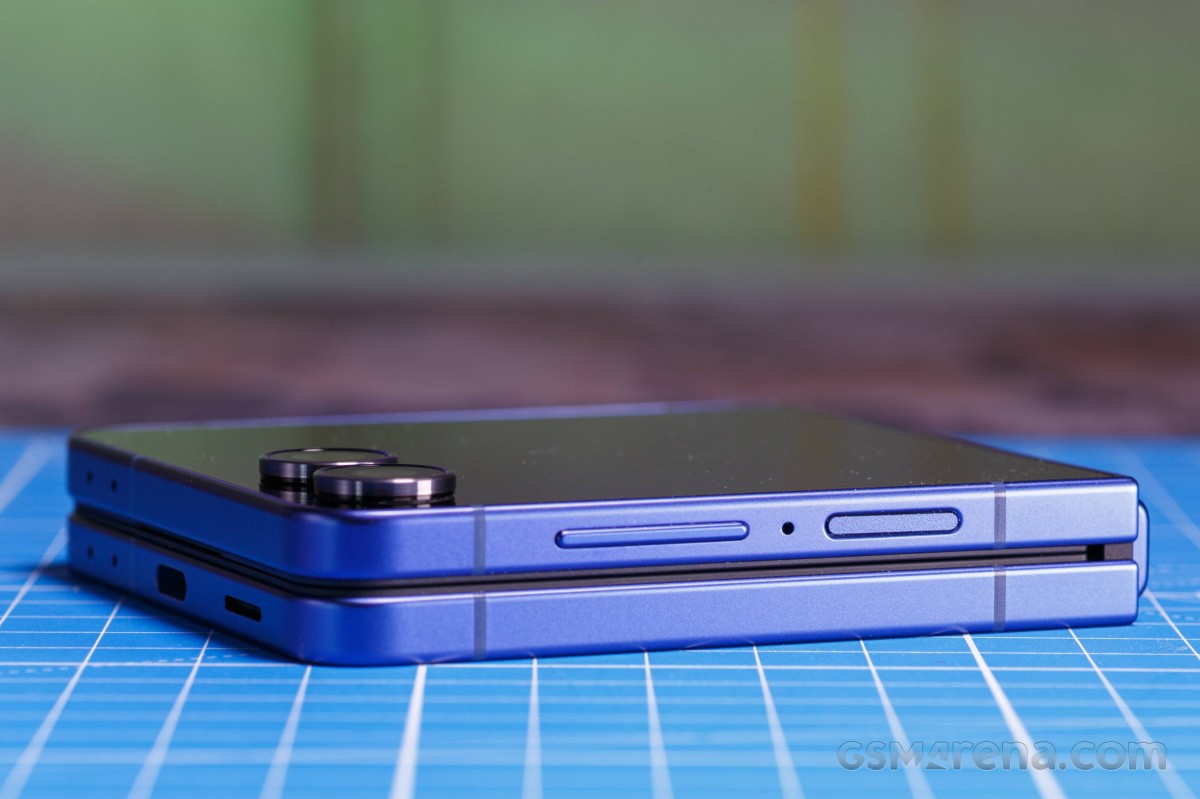
The Galaxy Z Fold 7 is about half the thickness of the original Galaxy Fold, while the new 21: 9 aspect ratio is for a wide, bright screen and cover display. Its third pay generation armor flexing is 27% thin and 43% lighter than folded 6. There are thin crucial rotating and supporting elements that make the hinges smaller while maintaining its power, and new alloy components that increase the power of the yield by more than 14% so that they often face folding.
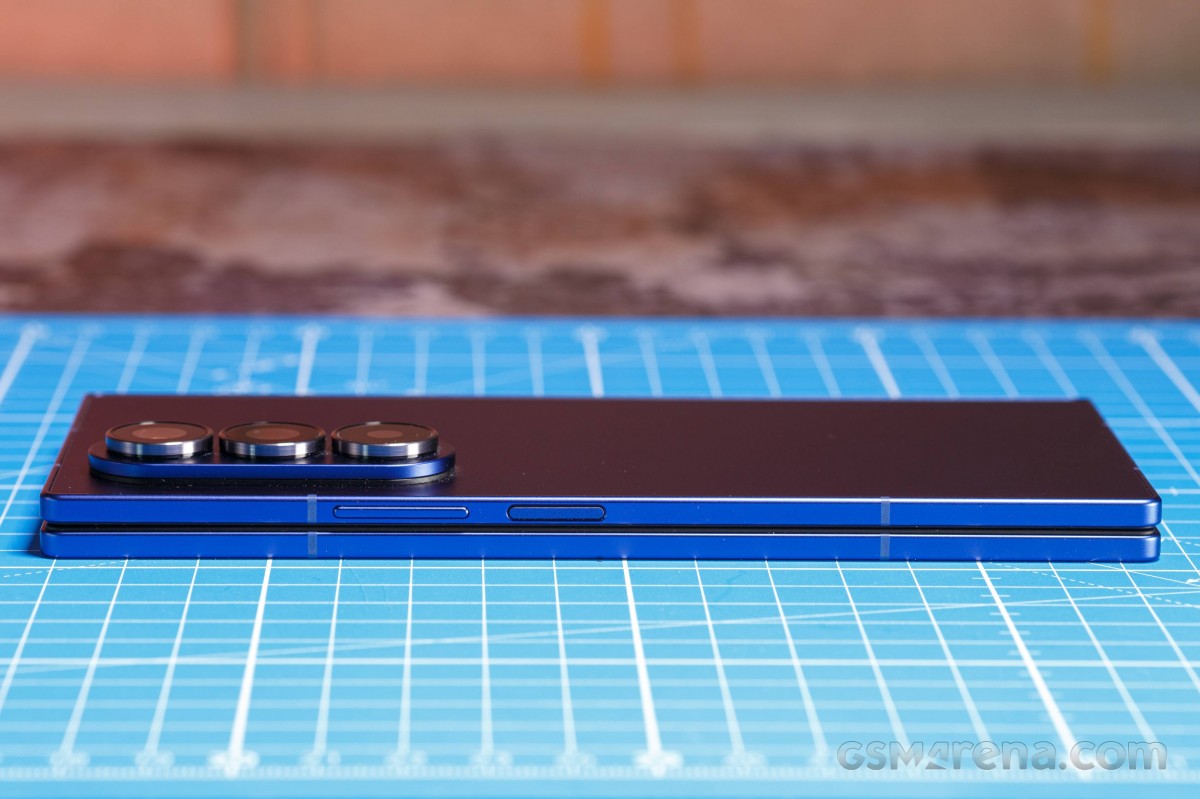
Different supporting and rotating functions will add structural stability, and a wing plate that opens widely delivers a crisp screen with a low of crease.
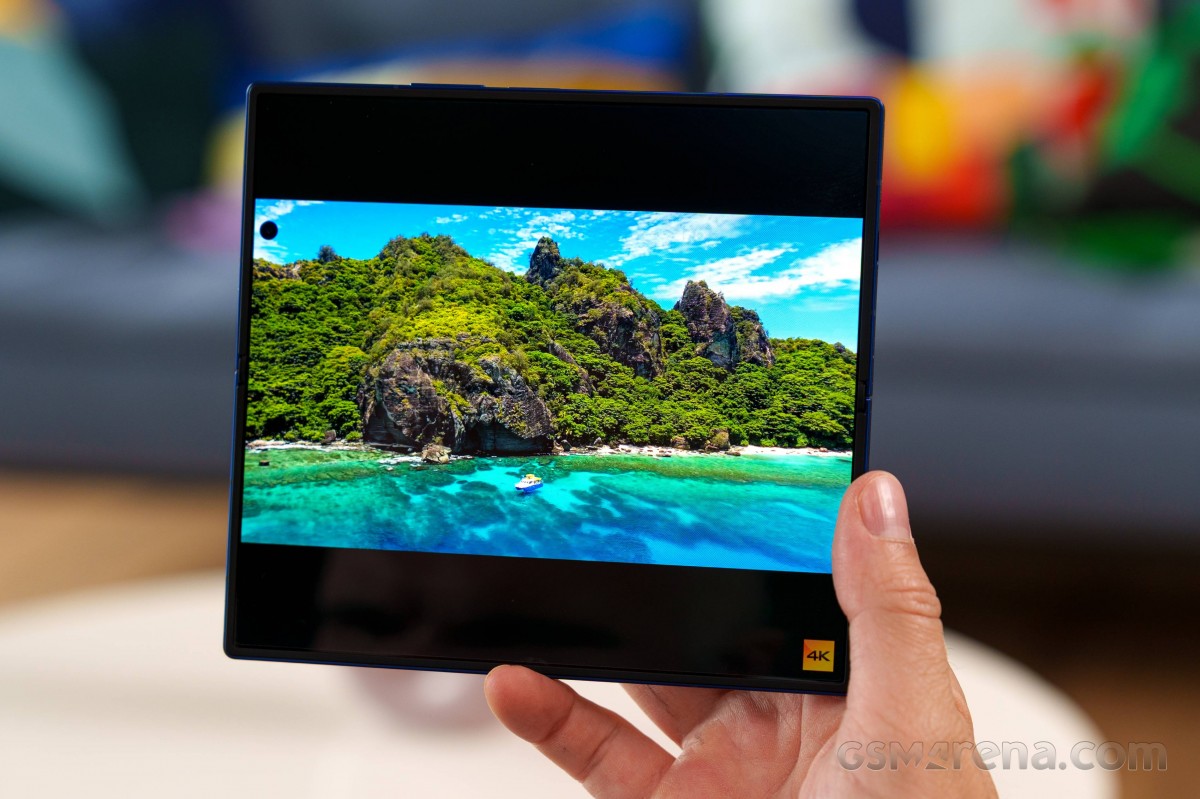
Flip 7 actually contains Samsung’s thin flexing, which is 29% thinner than in Flip 6. Flip 7 also has a unique edge-to-edge-end-end cover display, and display bezel which shrinks from 9.94 mm to 1.25 mm, the thin bezel of any foldable device in Flip 7.
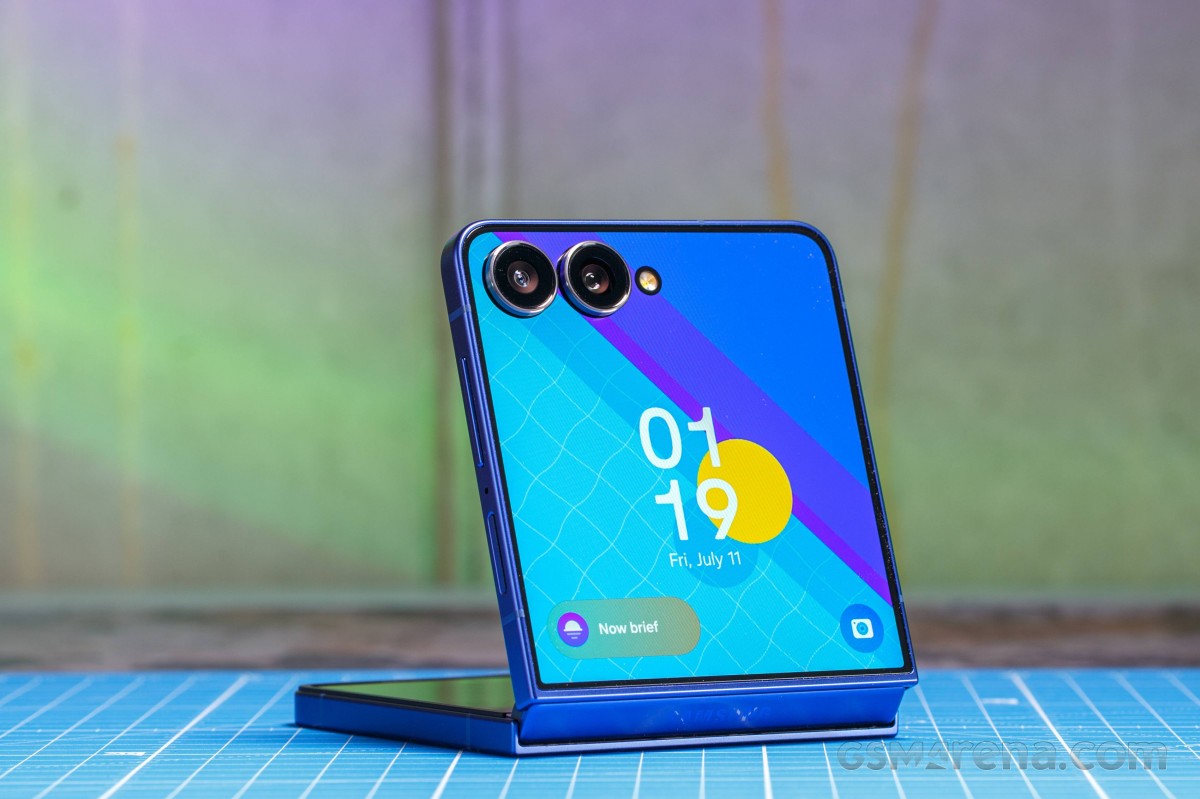
The screen of the fold 7 is 39% thin, while at the top is 50% thick than the ultra thin glass (UTG) fold 6, “simple, for less visible crease and improved display”. The foldable in Fold 7 has the first 200MP main camera, which is possible by complete structural redesigned. In the cover screen of Fold 7, the Corning is now a gorilla glass ceramic 2, and the frame and hinge cover have been upgraded to advanced armor aluminum, which is 10% harder than the armor aluminum used in fold 6.
